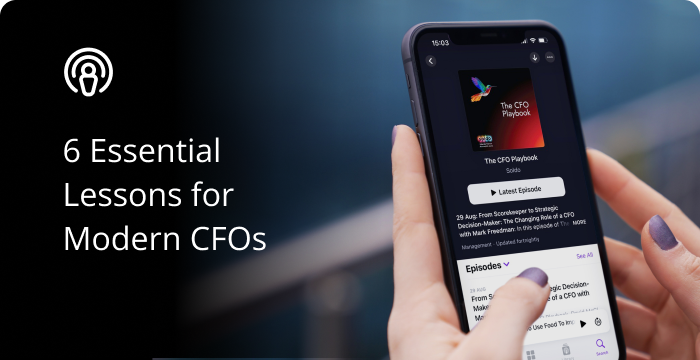In our first piece in this mini-series, we laid out why benchmarking is critical to your success in today’s uncertain economic environment and outlined its main components.
Exceeding historical company performance and surpassing your competitors will make your business more sustainable and maximise its chances of receiving follow-on investment at favourable terms.
Now that you are equipped with the basics of benchmarking let’s look at how to start your benchmarking journey with some practical tips to finetune your company’s performance.
In this blog, we will look at:
- What to measure
- How to define your competitors
- Where to find competitor info
- How often you should collect data
- Tools to analyse data
Decide what to measure
The digital economy means we live in an age of drowning in data. There are a plethora of data points available to measure, but it’s critical to ensure you are analysing the most appropriate ones.
Data points picked should take into account your sector, business model and stage of growth, as well as financial and non-financial information.
For example, if you are a SAAS business, this should include revenues and output from your CRM. Ideally, use a tool that can blend these to further insights.
You’ll also want to consider qualitative data points based on what customers think of your and your competitor’s products and services. This will require judgment as qualitative data comparison can be hard. That said, the development of AI tools such as Chat GPT means measuring the sentiment of qualitative data may be possible.
Define your competitors
To benchmark your data against competitors, you should identify similar companies by a range of measures, including industry, company size, geographical location, and a combination of all three if the market you serve is large and mature.
To make comparisons to competitors meaningful, you should identify a relatively small number of around three to five companies. Creating a more extensive list will be less useful. And may be hard to manage due to the time and effort to access related data points.
Aim to include the market leader, a plucky upstart and an established, recognisable brand that may have fallen behind due to not moving with the times by failing to innovate.
Where to find competitor info
Competitor information can be found from various sources. Some of which will be free. While others may require expensive subscription licences.
The Companies House website is free to use and includes annual account filings for every UK company. However, filings for smaller companies will be less meaningful as they are only required to submit filleted accounts that consist of condensed balance sheets.
Alternatively, commercial databases such as DueDil and Dun & Bradstreet can allow you to search companies across various fields. Such as by turnover, location and industry. Industry searches are conducted based on Standard Industrial Classification (SIC) codes and categories assigned by providers.
If you are a fast-growing company, Beahurst is an invaluable data resource that tracks 45,000 high-growth UK companies across various areas, including detailed financials and the number of employees. You can also segment results by growth, such as percentage change in EBITDA.
How often should you collect data?
Benchmarking should take place on a monthly and annual basis.
While you will likely only be able to access competitor information annually, you can benchmark your latest monthly financial figures against your historical ones to see how you are performing on a close to real-time basis. However, remember that seasonality can skew sales data.
To access the latest competitor financial data on Companies House. Set up alerts to immediately notify you when annual accounts are filed.
Tools to analyse data
Several tools are available to help you analyse and compare data for benchmarking.
These include Futrli, an app that pulls in your financial data from cloud accounting software. This lets you set up views to benchmark against internal performance and competitors.
Be The Business, a not-for-profit organisation that helps businesses improve productivity has a free tool to benchmark your company. Users are required to fill in a short questionnaire that identifies firms most similar for comparison purposes.
For social media benchmarking, try Brandwatch, a tool that shows you how you are faring against competitors for campaign engagement. The platform can also help to optimise performance by identifying content your audience will most likely engage with.
Implement changes
Once you’ve analysed the output of benchmarking reports, communicate changes internally to optimise business performance.
As accountants and finance team members increasingly grasp data analytics, they can inform of changes across the whole business rather than just their departments.
Going forward, you can then assess the effectiveness of changes by continuing to benchmark. If your benchmarking is improving, show it off. Particularly if you are raising a new round of finance.
Now’s the time to rethink expense management
Almost two-thirds (62%) of employees say reimbursement should be replaced with a system of company cards. Get your copy of The Cost of Business Crisis to find out more.










